Sangsangmadang - Hongdae Branch [Tax Refund Shop] (상상마당 홍대)
7.4Km 2024-04-22
65, Eoulmadang-ro, Mapo-gu, Seoul
-
Uniqlo - Gwanghwamun D Tower Branch [Tax Refund Shop] (유니클로 광화문D타워)
7.4Km 2024-04-17
17, Jong-ro 3-gil, Jongno-gu, Seoul
-
Lotte Himart - Goyang Lotte Mart Branch [Tax Refund Shop] (롯데하이마트 고양롯데마트점)
7.4Km 2024-04-19
150, Chungjang-ro, Deogyang-gu, Goyang-si, Gyeonggi-do
-
Lotte Mart - Goyang Branch [Tax Refund Shop] (롯데마트 고양점)
7.4Km 2024-04-22
150, Chungjang-ro, Deogyang-gu, Goyang-si, Gyeonggi-do
-
Beauty Play Hongdae (뷰티플레이 홍대점)
7.4Km 2024-06-18
16 Jandari-ro, Mapo-gu, Seoul
Beauty Play is a K-beauty experience center operated by the Korea Cosmetics Industry Institute and supported by the Ministry of Health and Welfare. It offers a wide variety of sample Korean beauty products for testing as well as diverse beauty experience programs such as makeup touch-up service (choice of base, eyes, or lips), personal color test, and skin evaluation. Visitors can also ask for product recommendation based on their skin type or skincare concerns. Beauty Play also frequently hosts beauty seminars and one-day classes, which are announced online via its official website. International tourists can apply for a full makeup service with an advance reservation free of charge.
Beauty Play has two branches in Seoul: Myeong-dong and Hongdae. Beauty Play Hongdae is located in Hongdae Street, where visitors can find recent trends, clubs, cafes and delicious foods.
KT&G Sangsangmadang Arts Space (Hongik University) (KT&G 상상마당(홍대))
7.4Km 2024-03-12
65 Eoulmadang-ro, Mapo-gu, Seoul
+82-2-330-6227
KT&G Sangsangmadang Arts Space is a multifaceted cultural space established in 2007. Spanning 660 meters with a total floor area of 3,366 meters, it features facilities such as a theater, a concert hall, a design square, a gallery, and cafés. It offers opportunities for close engagement with culture. Located near Hongik University Station, it boasts excellent accessibility and attracts many visitors due to its diverse attractions.
Ilmin Art Museum (일민미술관)
7.4Km 2022-09-27
152, Sejong-daero, Jongno-gu, Seoul
The Ilmin Art Museum located in former Dong-A Newspaper Building, was formed in honor of their honorable and late CEO Kim Sang-man. The museum was established in December of 1996, and with a full renovation in 2001, large exhibition hall and Ilmin collection was placed in. Through the renovation, the combination of glass and steel made Artrium aimed to become one of the best comtemporary museum, connecting the museum to the streets of Gwanghwamun.
This museum boasts a large Ilmin collection. There are 430 pieces of Ilmin collection from Goryeo dynasty (918-1392) to present, 1,200 pieces in the Donga Newspaper's collection of art, and 100 pieces of art owned by Hyundai Corporation. The Ilmin Collection mostly consists of pieces that Kim Sang-man collected from ceramics to aesthetic paintings. The Dongah Newspaper's collection has time-relevant pieces that are important in history.
Kansong Art Museum (간송미술관(서울 보화각))
7.4Km 2025-06-30
102-11 Seongbuk-ro, Seongbuk-gu, Seoul
Kansong Art Museum was the first private art museum in Korea, opened as Bohwagak in 1938 by Kansong Jeon Hyeong-pil. The name was changed to the current Kansong Art Museum in 1966. Bohwagak was designated as National Registered Cultural Heritage No. 768 on December 30, 2019. Jeon Hyeong-pil dedicated his life to preserving and researching Korea’s representative relics that were devaluated and purposefully obliterated during the Japanese colonial era, as well as to acknowledging their cultural excellence and beauty. The museum houses 11 national treasures and 24 treasures.
Haha & Kim Jongkook's 401 Restaurant (하하&김종국의 401정육식당)
7.4Km 2025-10-30
23 Jandari-ro, Mapo-gu, Seoul
'Running Man' members Haha & Kim Jongkook
It is a meat restaurant run by Haha and Kim Jongkook, members of the entertainment program 'Running Man'. With the concept of a Grilled Pork Belly restaurant, you can taste Grilled Pork Small Intestines, Grilled Pork Tripe, and Grilled Pork Rinds. It is characterized by the fact that the staff grills the meat for customers, and the combination of well-grilled Pork belly, Salted Anchovy Sauce, Green Onion Salad, and White radish cabbage is popular.
Yeon Deung Hoe (Lotus Lantern Festival) (연등회)
7.5Km 2025-04-09
55 Ujeongguk-ro, Jongno-gu, Seoul
+82-2-2011-1744~7
Started approximately 1,200 years ago during the Silla dynasty and continued through the Goryeo Yeon Deung Hoe and Joseon lantern festival, the Yeon Deung Hoe Festival is a traditional festival registered as an Intangible Cultural Heritage and UNESCO Masterpiece of the Oral and Intangible Heritage of Humanity. The lanterns at Yeon Deung Hoe Festival brighten the heart and the world!
![Sangsangmadang - Hongdae Branch [Tax Refund Shop] (상상마당 홍대)](http://tong.visitkorea.or.kr/cms/resource/97/2887997_image2_1.jpg)
![Uniqlo - Gwanghwamun D Tower Branch [Tax Refund Shop] (유니클로 광화문D타워)](http://tong.visitkorea.or.kr/cms/resource/15/2878215_image2_1.jpg)
![Lotte Himart - Goyang Lotte Mart Branch [Tax Refund Shop] (롯데하이마트 고양롯데마트점)](http://tong.visitkorea.or.kr/cms/resource/61/2890261_image2_1.jpg)
![Lotte Mart - Goyang Branch [Tax Refund Shop] (롯데마트 고양점)](http://tong.visitkorea.or.kr/cms/resource/17/2887817_image2_1.jpg)
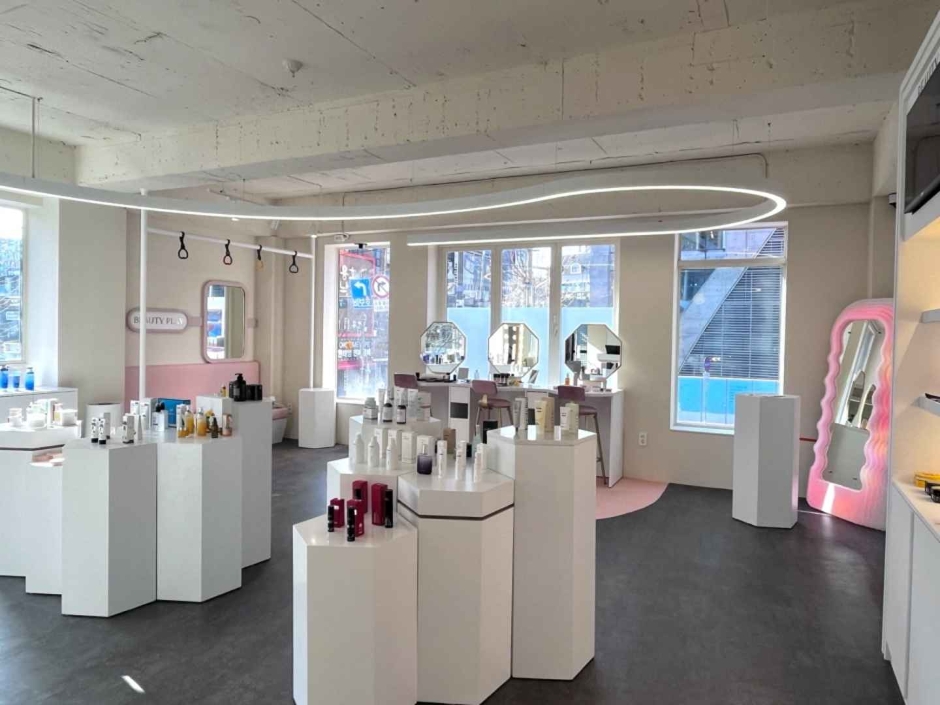
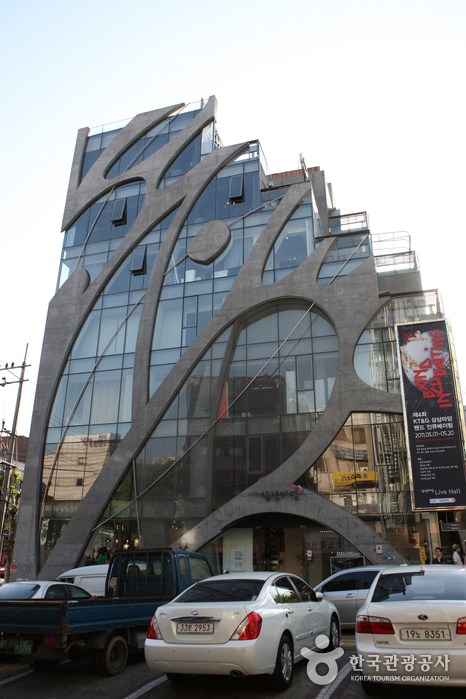
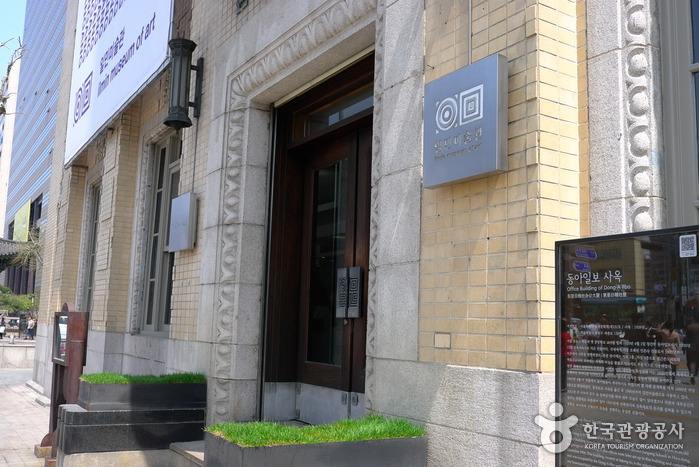
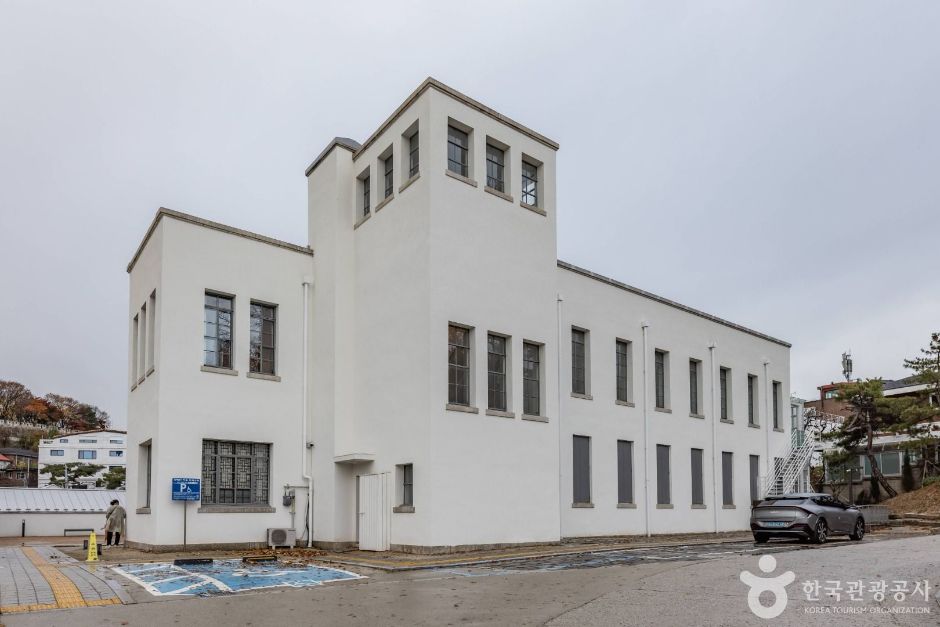

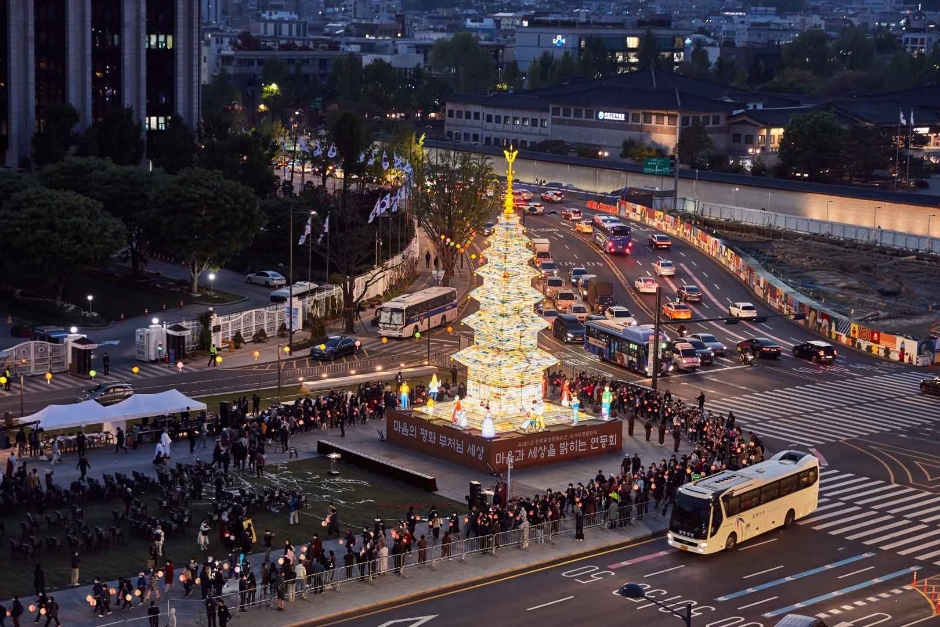
 English
English
 한국어
한국어 日本語
日本語 中文(简体)
中文(简体) Deutsch
Deutsch Français
Français Español
Español Русский
Русский